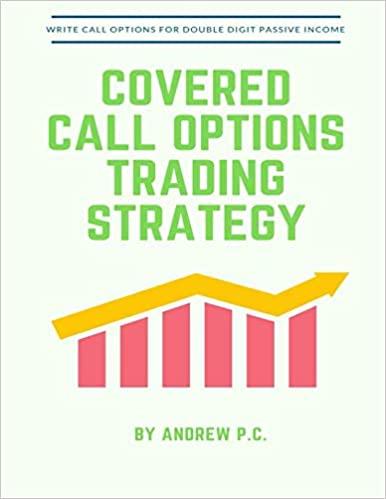2uantitative Problem 1: Hubbard industries just paid a common dividend, Do, of $1.20. It expects to grow at a constant rate of 2% per year. If investors fequire a \%o retum on equity, what is the current price of Hubbard's common stock? Do not round intermediate calculations. Round your answer to the nearest oent. per share Eero Growth Stocks: The constant growth model is sufficiently general to handle the case of a zero growth stock, where the dividend is expected to remain constant over time. In this stuation, the equation is: P0=f0D Note that this is the same equation developed in Chopter 5 to value a perpetuity, and it is the same equation used to value a perpetual preferred stock that entitles ts owners to regular, flxed dividend payments in perpetulty. The valuation equation is simply the current dividend divided by the required rate of return. Quantitative Problem 2: Carlysie Corporation has perpetual preferred stock outstanding that pays a constant annual dividend of $1.70 at the end of each year. If investors require an 6% return on the preferred stock, what is the price of the firm's perpetual preferred stock? Round your answer to the nearest cent. $ per share Nonconstant Growth Srocks: For many companies, it is not approprlate to ossume that dividends will grow at a constant rate. Most firms go through ife cycles where they experience cifferent growth rates during different parts of the cycle. For valuing these firms, the generalized valuation and the constant growth equations are cornbined to arrive at the nonconstant growth valuation equation: P0=(1+t2)1D1+(1+r)2D3++(1+r0)/2Dv+(1+r)Fvv Basically, this equation calculates the present value of dividends recelved during the nonconstant growth period and the present value of the stock's horizon value. which is the value at the horizon date of all dividends expected thereafter, Quantitative Problem 3: Assume today is December 31, 2013. Imagine Works inc just paid a dividend of $1.20 per share at the end of 2013 . The dividend is. expected to grow at 18% per year for 3 years, after which time it is expected to grow at a constant rate of 5% annually. The compary's cost of equily (rs) is 9%. Using the dividend growth model (allowing for nonconstant growth), what should be the price of the compony's stock today (Decernber 31 , 2013 )? Do not round intermediate calculations. Round your answer to the nearest cent. 5 per share








